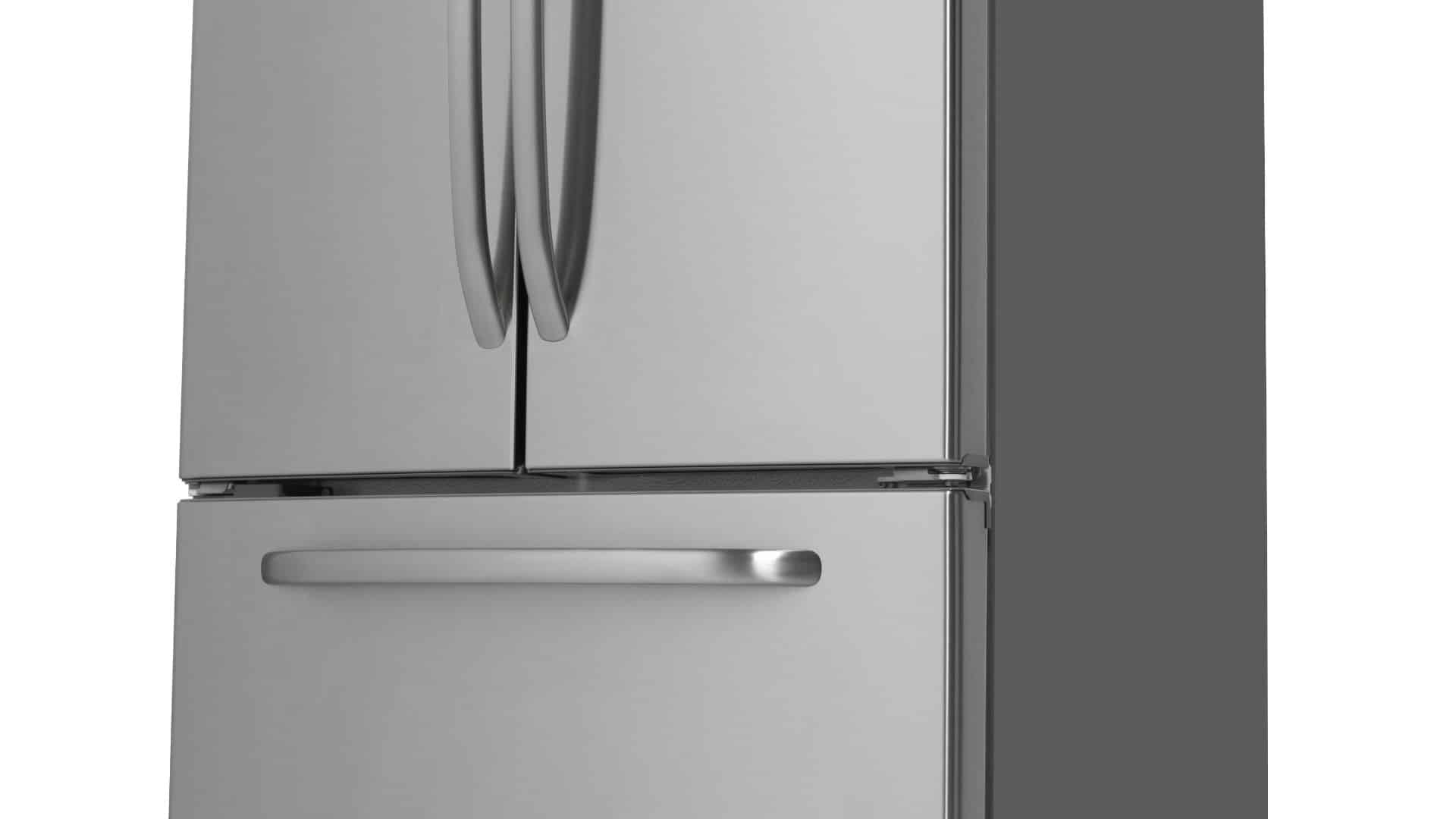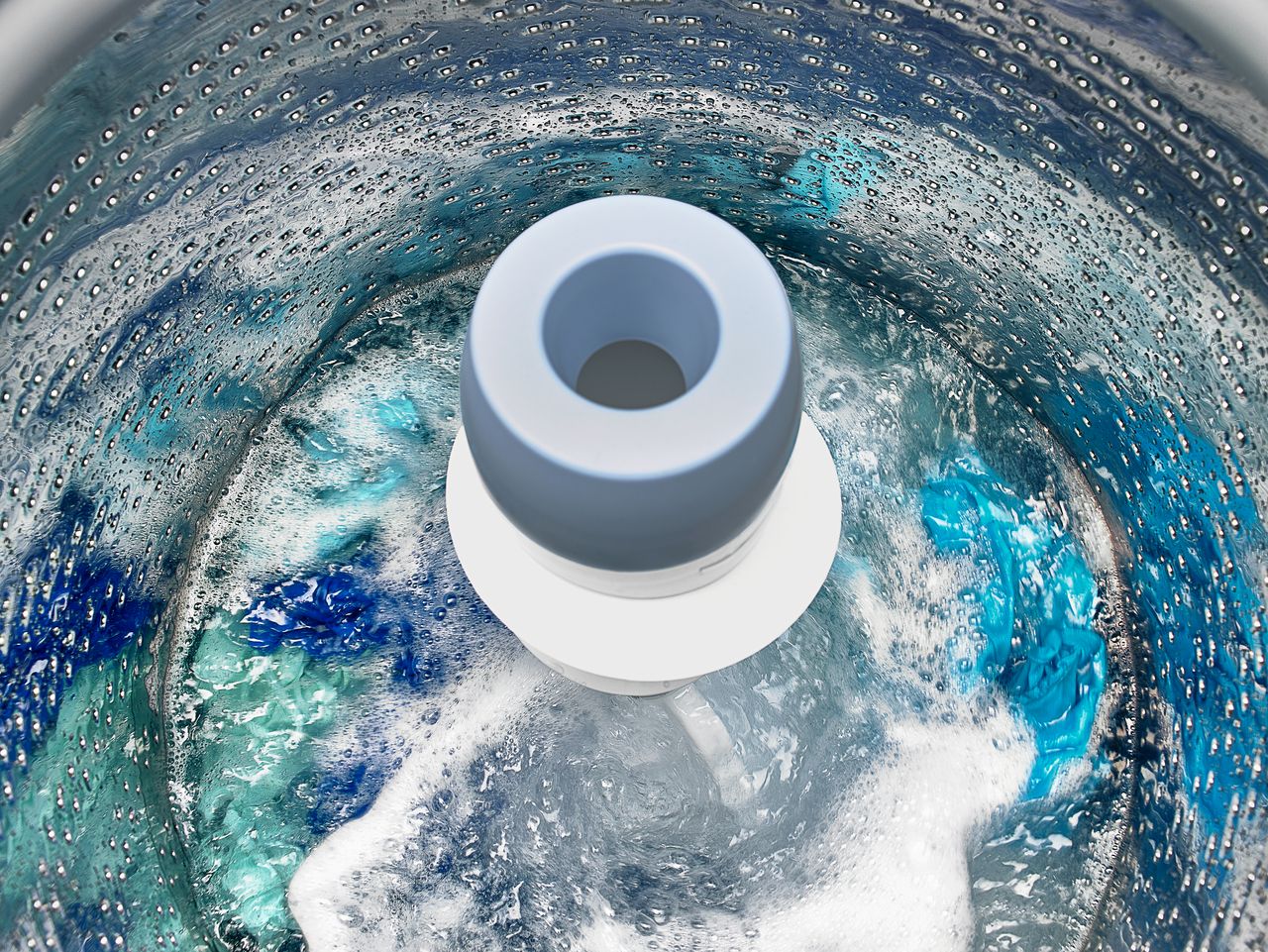
Have you ever wondered why your top-loading washing machine has a large blade spindle located in the middle of its tub? Simply put, that large cylinder, which is referred to as an agitator, circulates in multiple directions to push and pull the water in the machine. That rotation dispenses the laundry detergent, keeps the load from clumping up in the washer’s tub and removes the dirt from your clothes. Like any part of an appliance, the agitator can malfunction. Often, the main culprit of a failing agitator is caused by worn agitator dogs. If you’ve never heard of agitator dogs, don’t worry, we’re here to help you better understand their function and how to replace them.
What Are Agitator Dogs
Agitator dogs, which are also known as dog ears, ratchet cogs, or agitator cogs control what direction the top section of a dual action agitator moves in. Basically, the upper part of your washer’s agitator should only move in a single direction, while the lower portion has the ability to rotate in multiple directions. The agitator dogs’ job is to grip the teeth inside the agitator, which then causes the top section to create a one-way ratcheting motion. These are typically found in brands like Whirlpool, Maytag, Amana, and Kenmore.
Symptoms The Agitator Dogs Are Failing
As we said earlier, a malfunctioning agitator is often caused by worn agitator dogs. Usually, the failure is simply due to normal wear and tear or old age, but overloading your washing machine on a regular basis can also speed up the deterioration of the part.
- The top section of your agitator should only spin in one direction. If you are able to manually spin it in both directions, the agitator dogs are no longer functioning properly and will need to be replaced.
- If you have noticed your washing machine’s agitator is working to a much weaker degree, the agitator dogs could possibly be the issue. Taking the agitator apart is the only way to tell if this is truly the problem.
- The upper half of your machine’s agitator pulls the clothing to the bottom of your appliance tub. If the agitator is not working properly, due to failing agitator dogs, your clothes will remain at the top of the tub.
How To Replace Malfunctioning Agitator Dogs
Safety Warning: As with any washer repair, safety precautions are necessary. Before you begin, unplug your washing machine and put a pair of work gloves on to protect your hands. If at any point you do not feel confident in your ability to carry out the repair, please contact a professional.
Tools Required
- Socket wrench set with an extension
- A new set of Agitator dogs
- Work Gloves
Repair Steps
- After you have unplugged your washing machine, open the lid and remove the top cover of the agitator. Reach into the agitator and take out the dust cap.
- With the dust cap removed, you should see a bolt in the middle of the agitator. Using a 7/16” socket remove the bolt and pull the agitator out of the washing machine tub.
- Now you will need to separate the top half of the agitator from the bottom half. To do this, simply pull the two sections apart.
- Once the top and bottom sections are disconnected, turn the top half upside down. The cam, which holds the agitator dogs will fall out. Take off the plastic bearing that rests on top of the agitator dogs.
- Remove the agitator dogs from their holder and replace them with new ones.
- After the new agitator dogs are installed, place the plastic bearing back on the cam and put the cam back into the agitator.
- Attach the top half and bottom half of the agitator. Once the two ends are secure, place the agitator assembly back in the washing machine and reinstall the bolt.
- Put the dust cap back in the agitator and snap on the assembly’s top cover.
- Plug your appliance in, and get back to washing your clothes.
If your washing machine is malfunctioning and you need a professional to diagnose and repair the problem, please contact us today and we’ll be happy to help you.
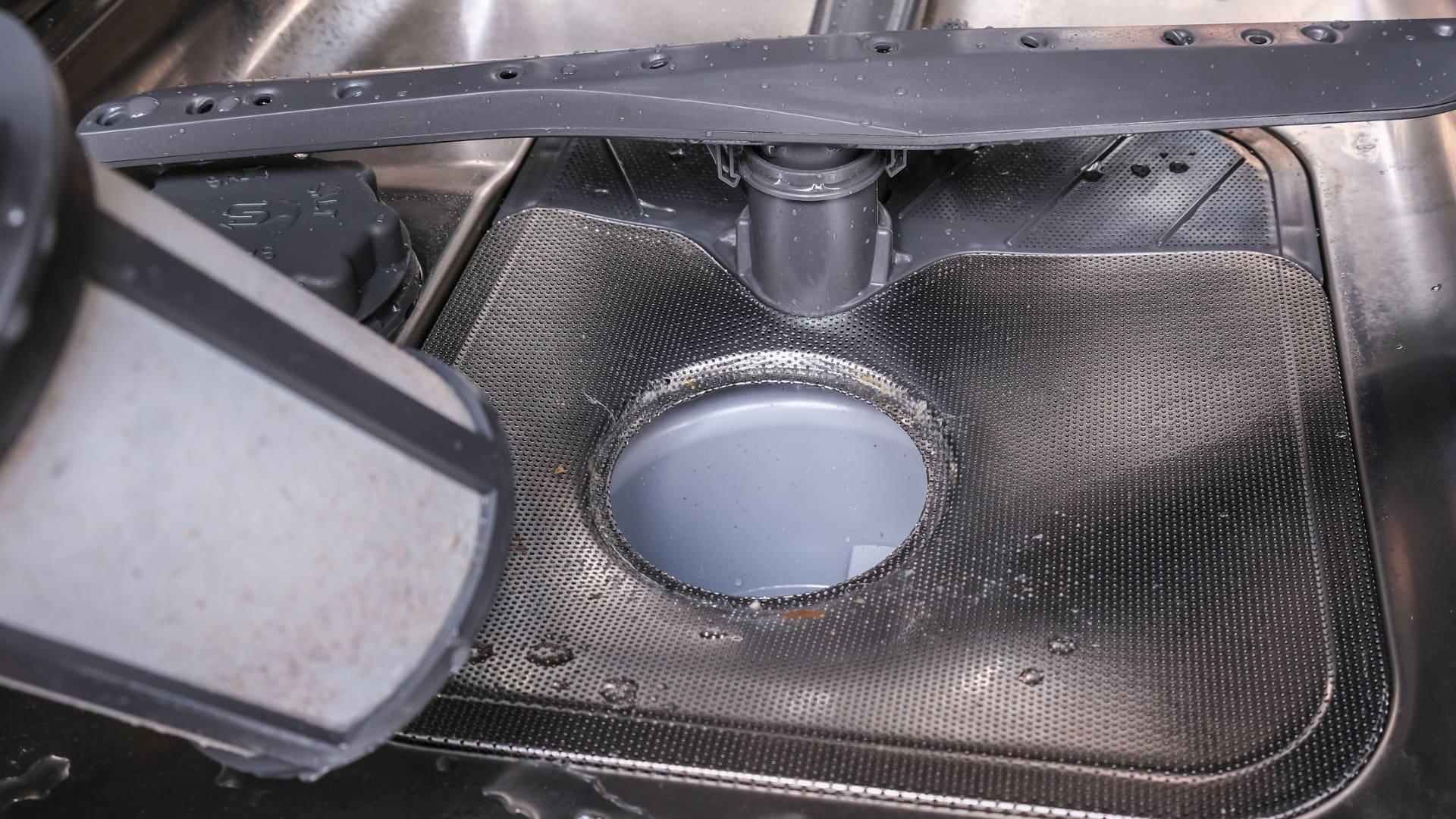
How Many Gallons of Water Does a Dishwasher Use?
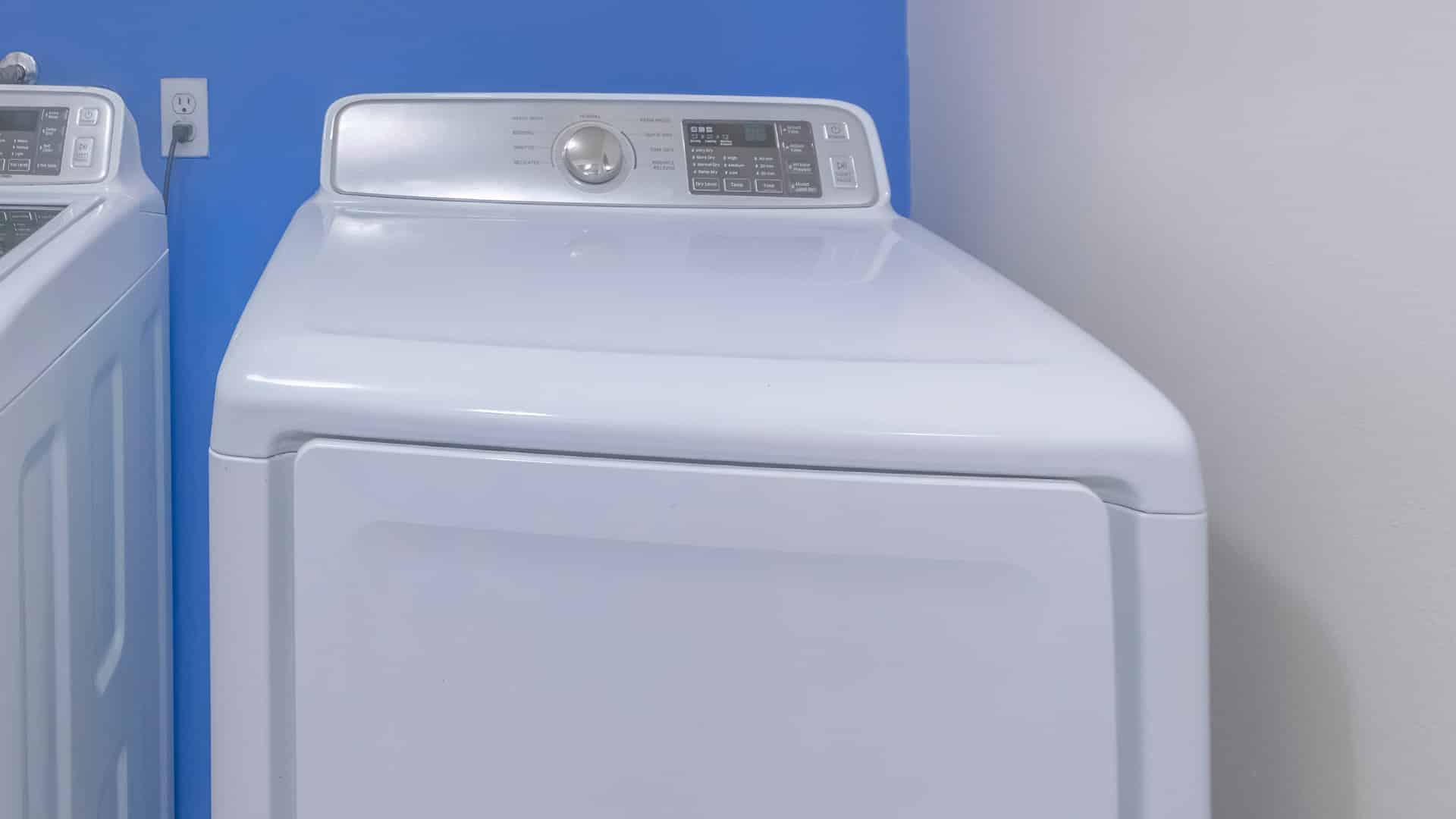
Dryer Making Grinding Noise? Here’s Why
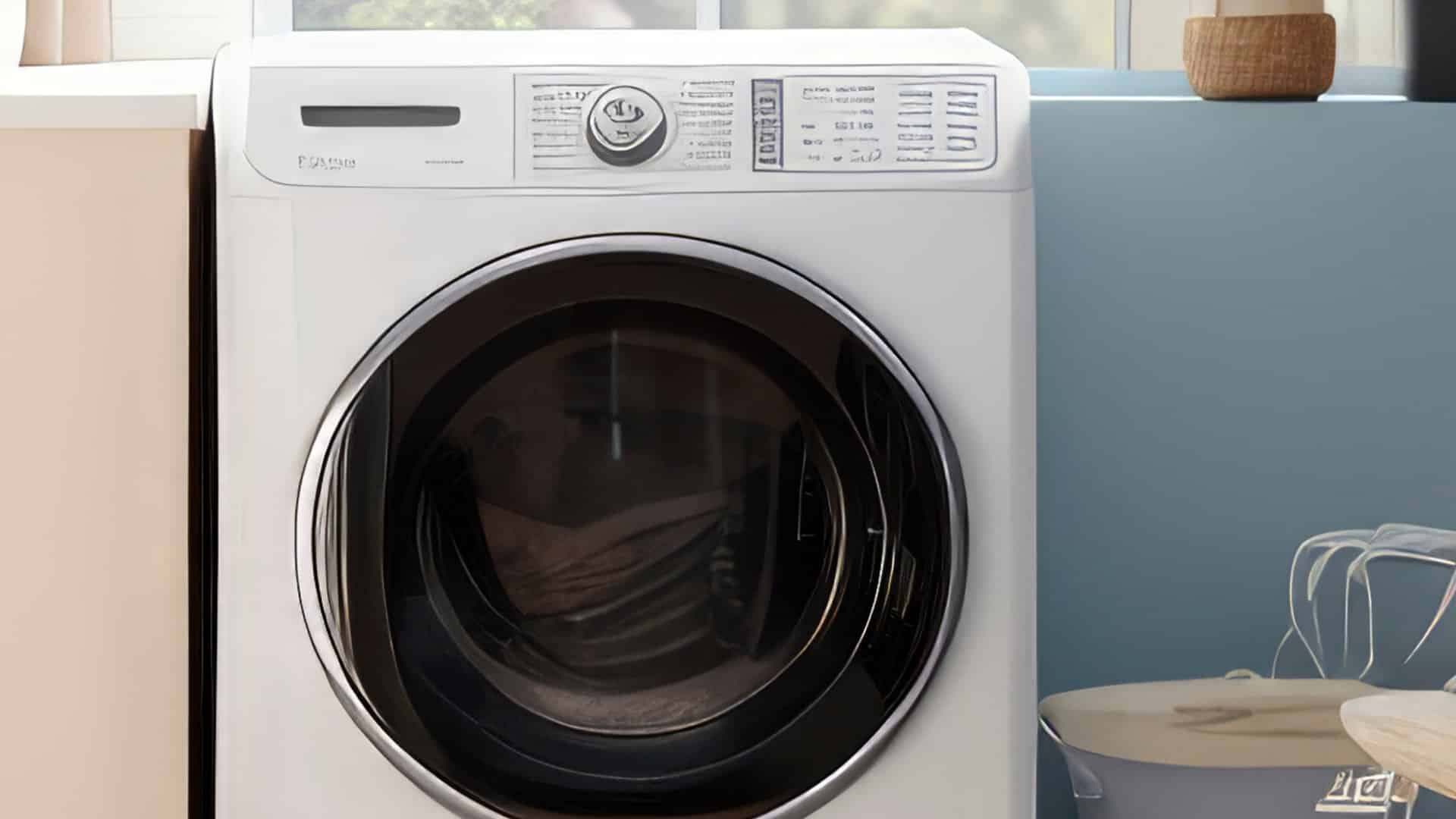
Maytag Washer Error Codes Explained
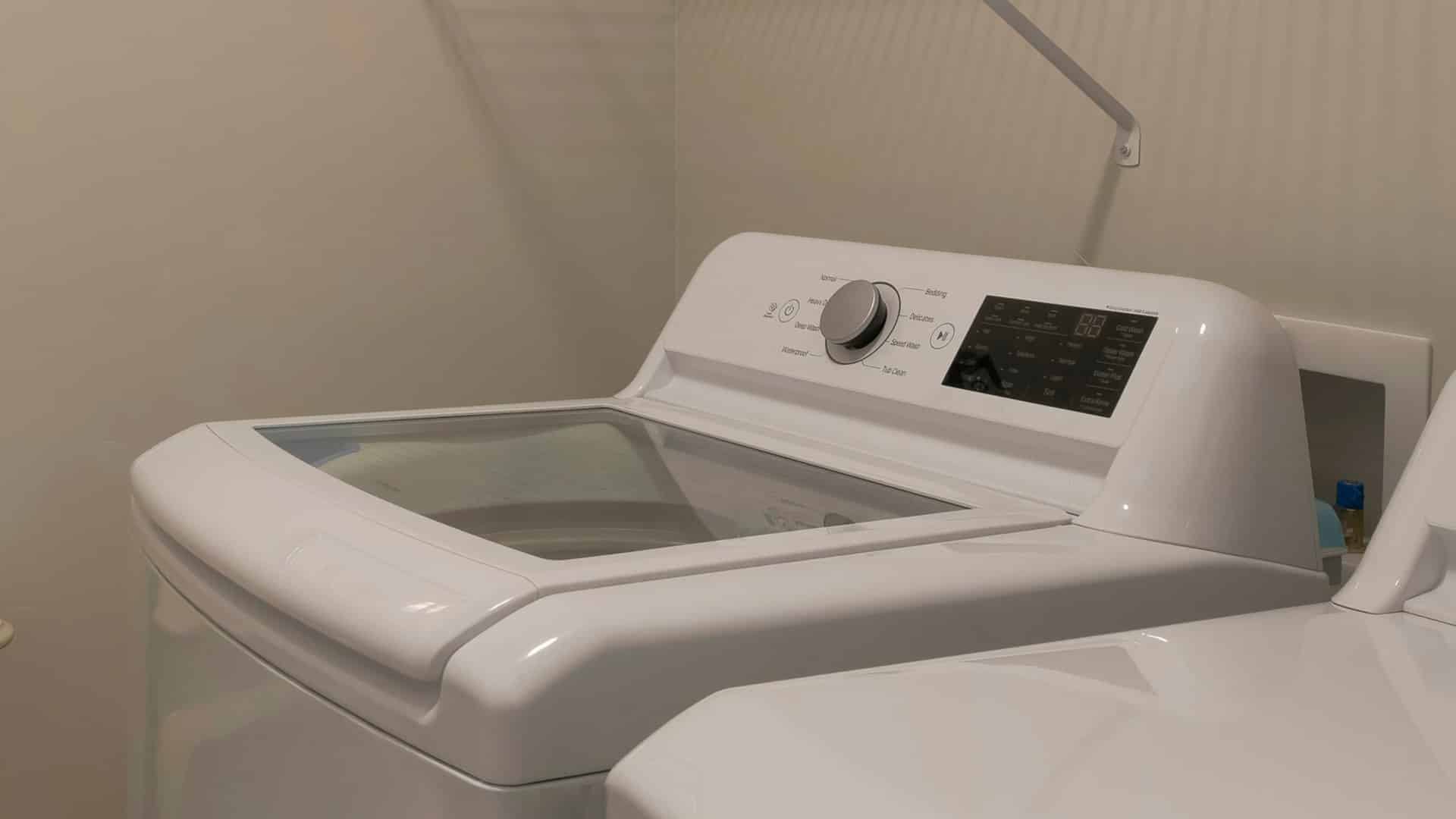
GE Washer Not Spinning? Here’s The Fix!
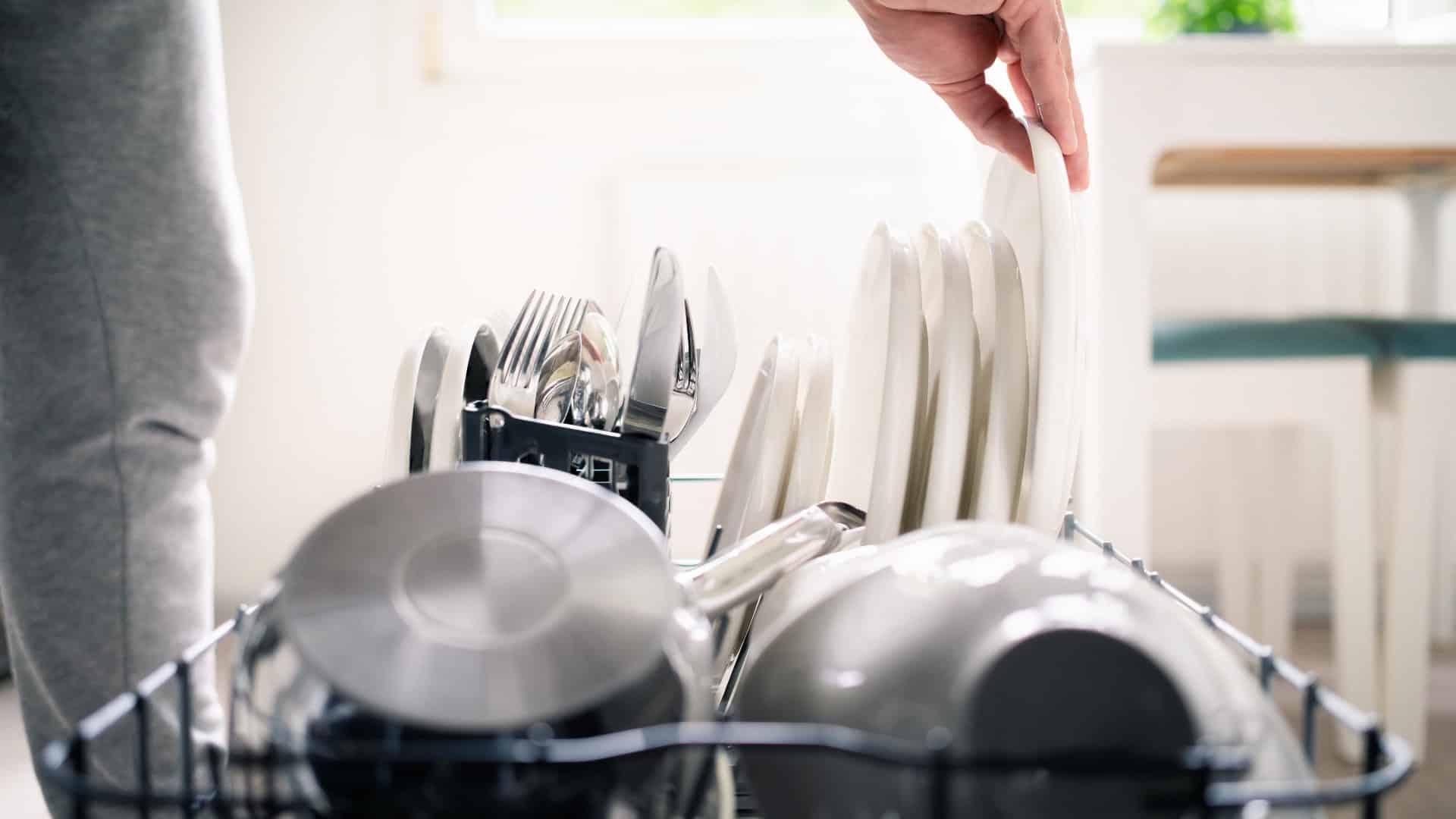
How to Restore Power to Your GE Dishwasher
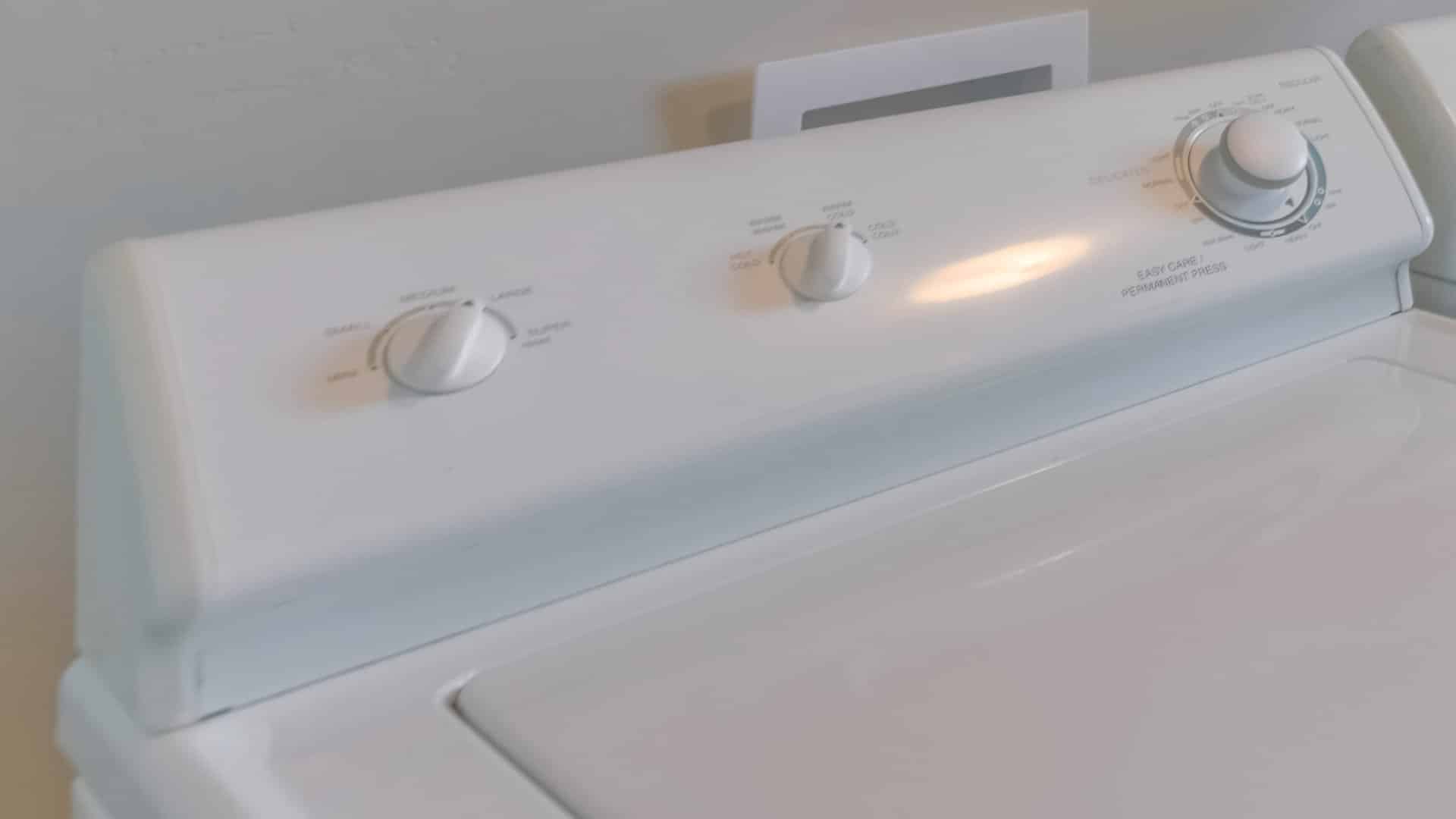
How To Reset Your GE Washer Top Loader
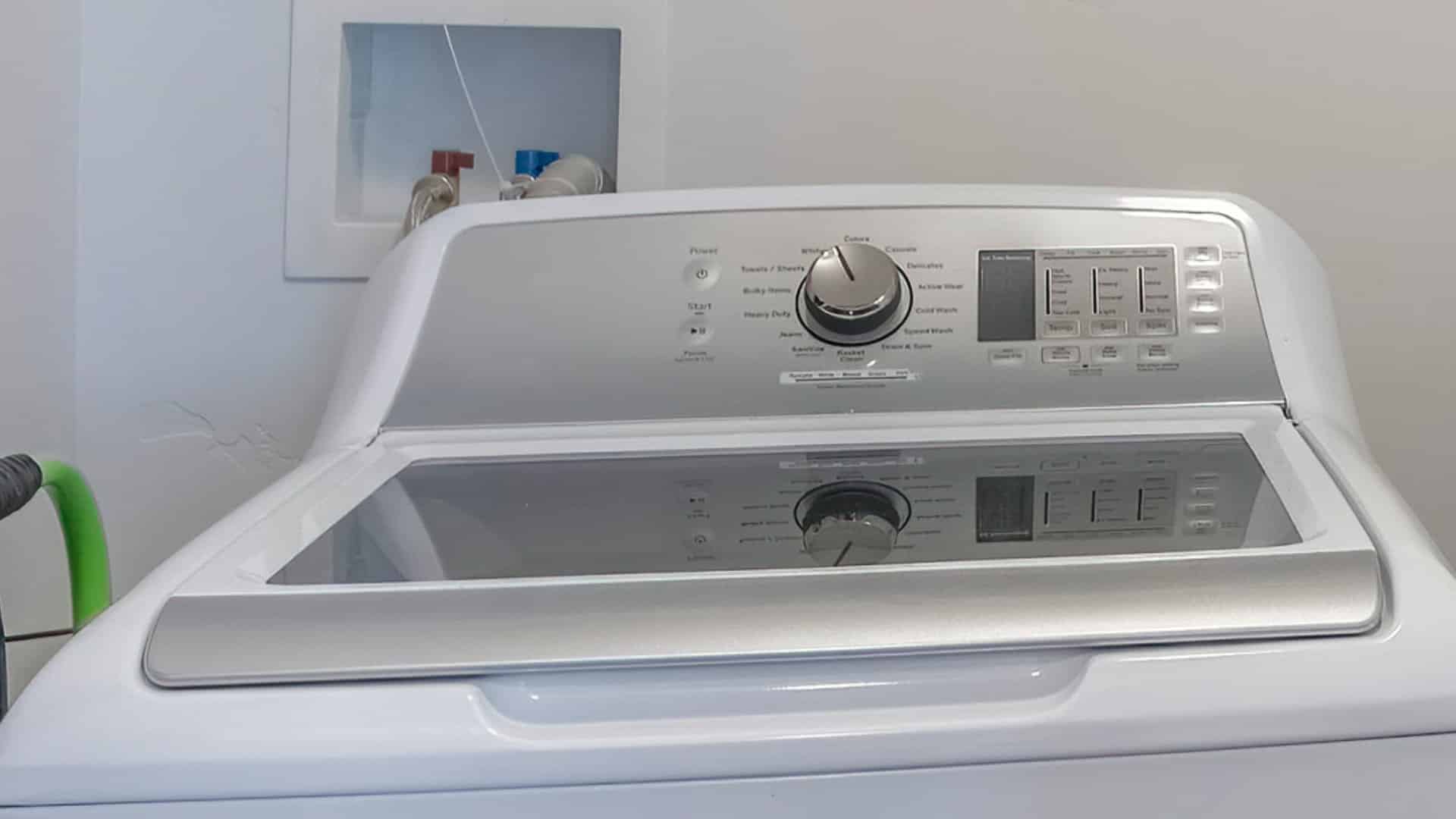
Understanding Whirlpool Washer Error Codes
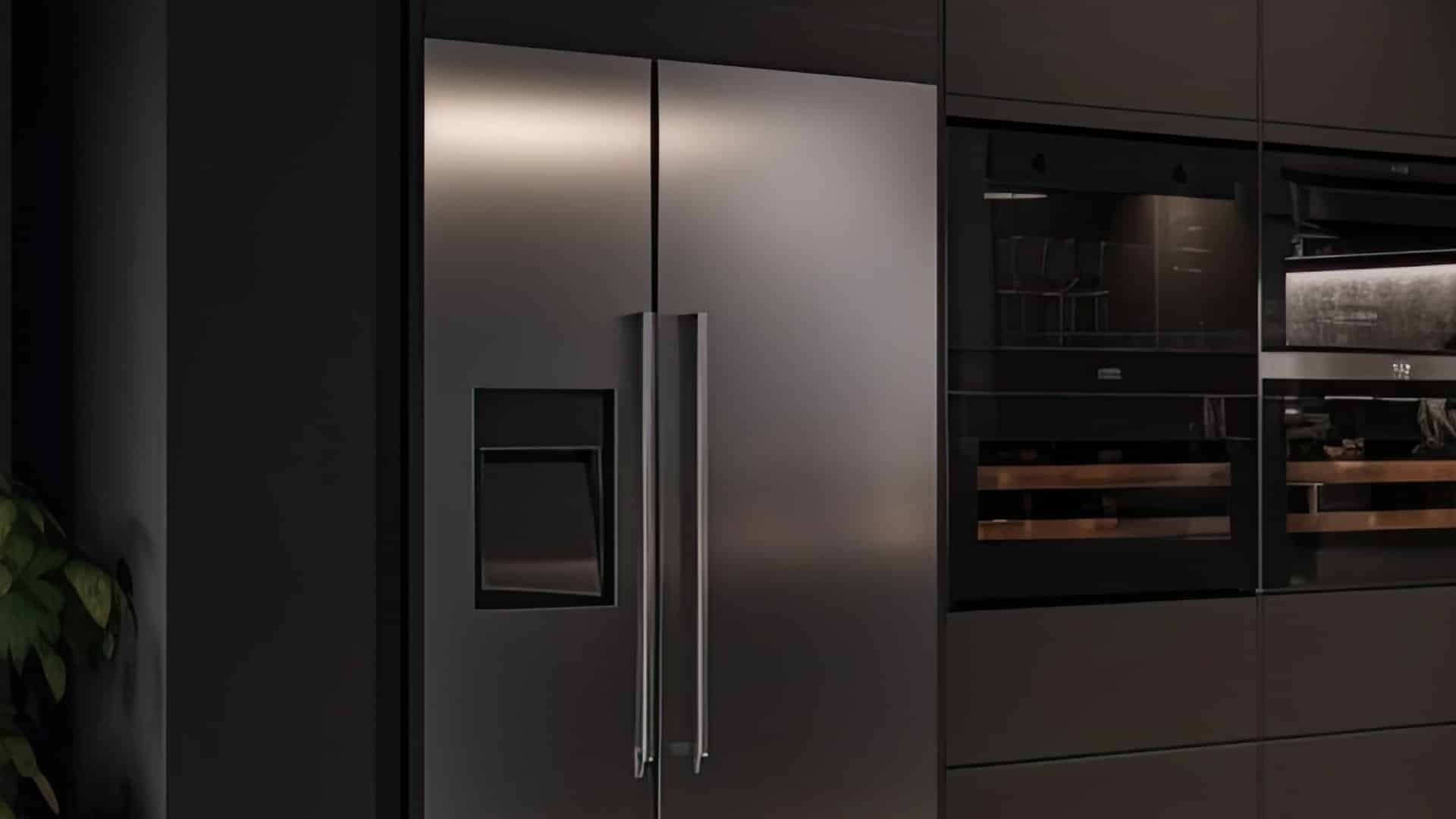
JennAir Ice Maker Not Working? Here’s What to Do
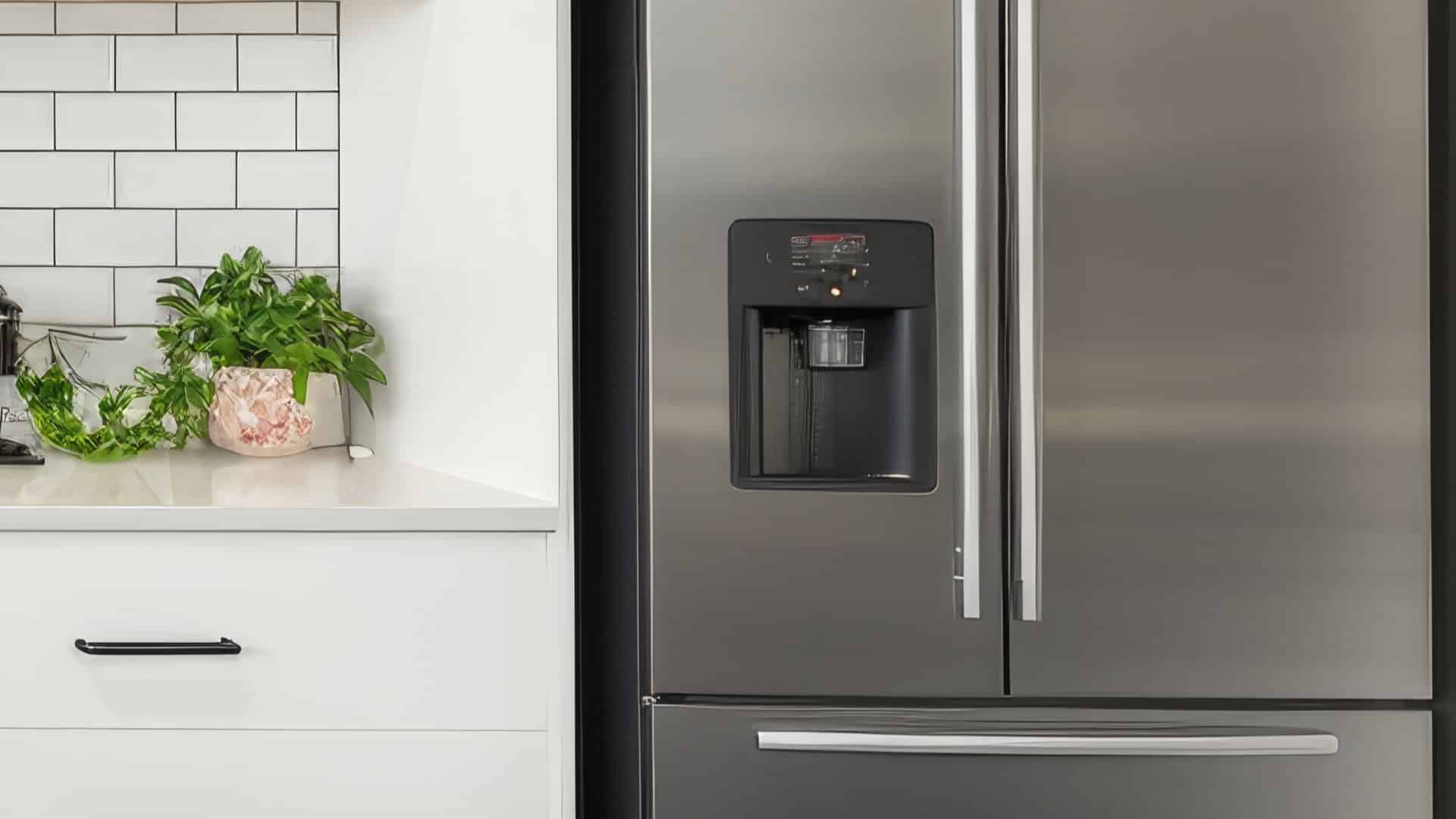
What to Do If Your LG Fridge Isn’t Cooling
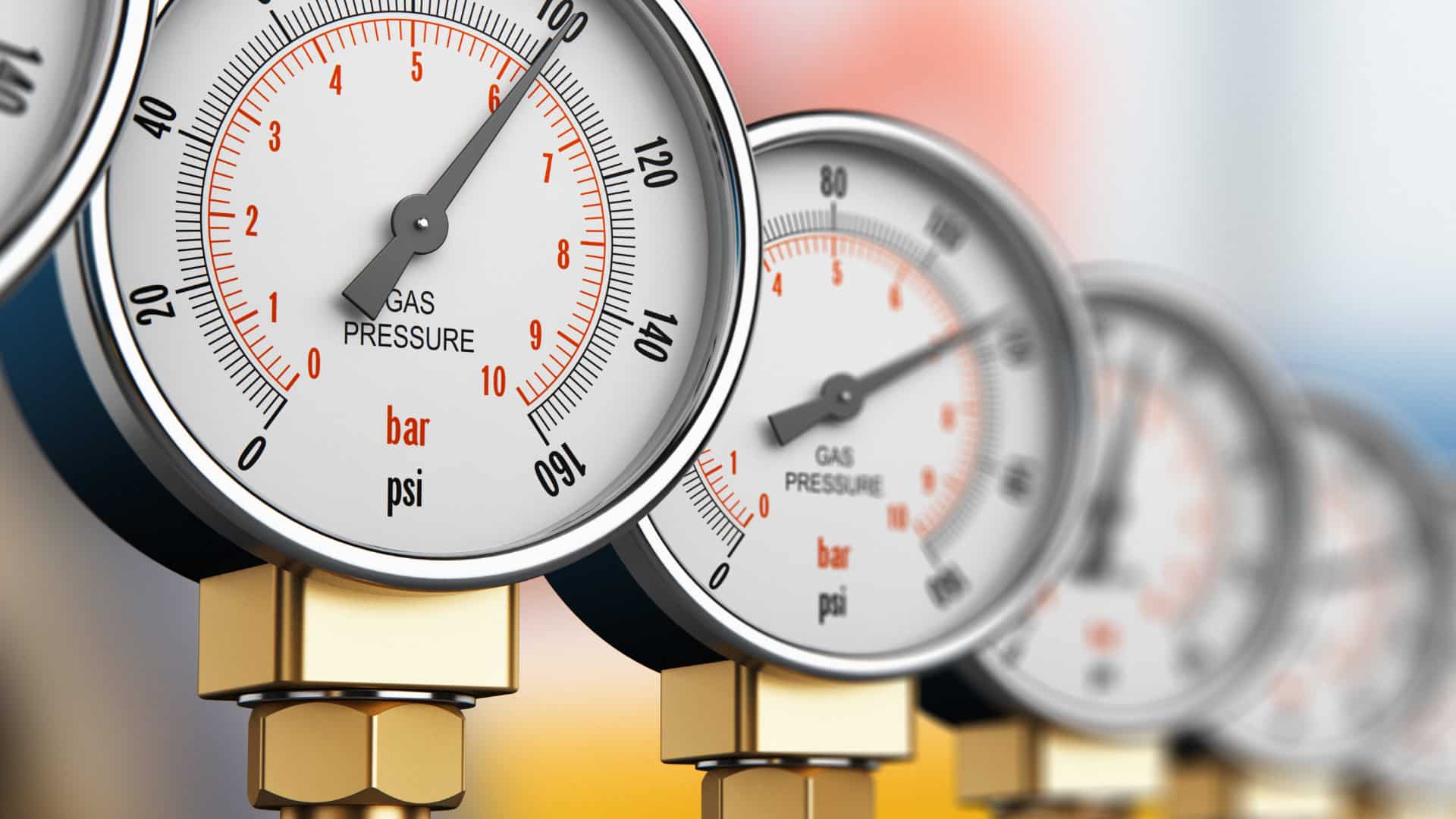
Propane vs. Natural Gas Stove: What’s Best?
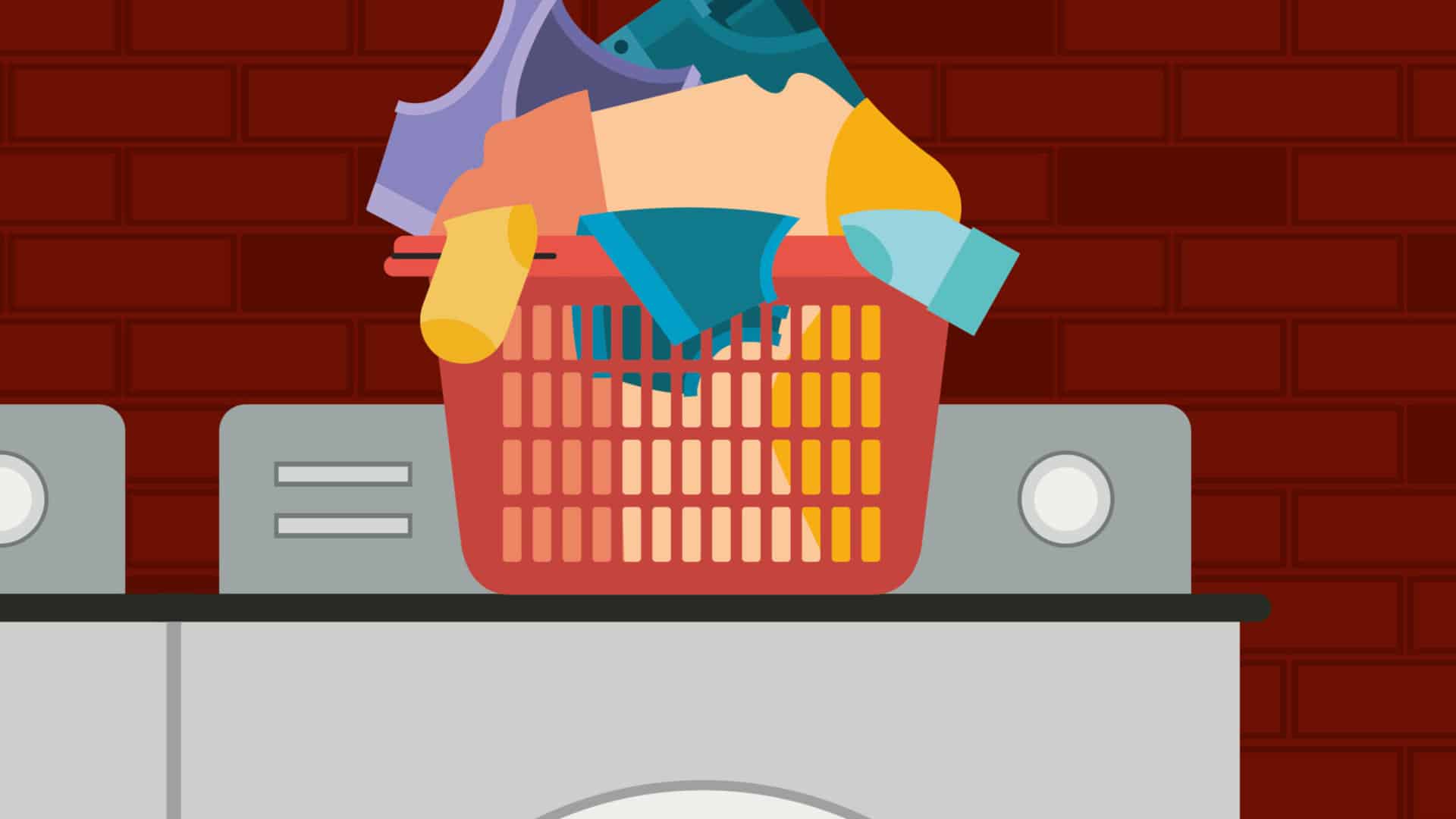
How Hot Does a Dryer Get?
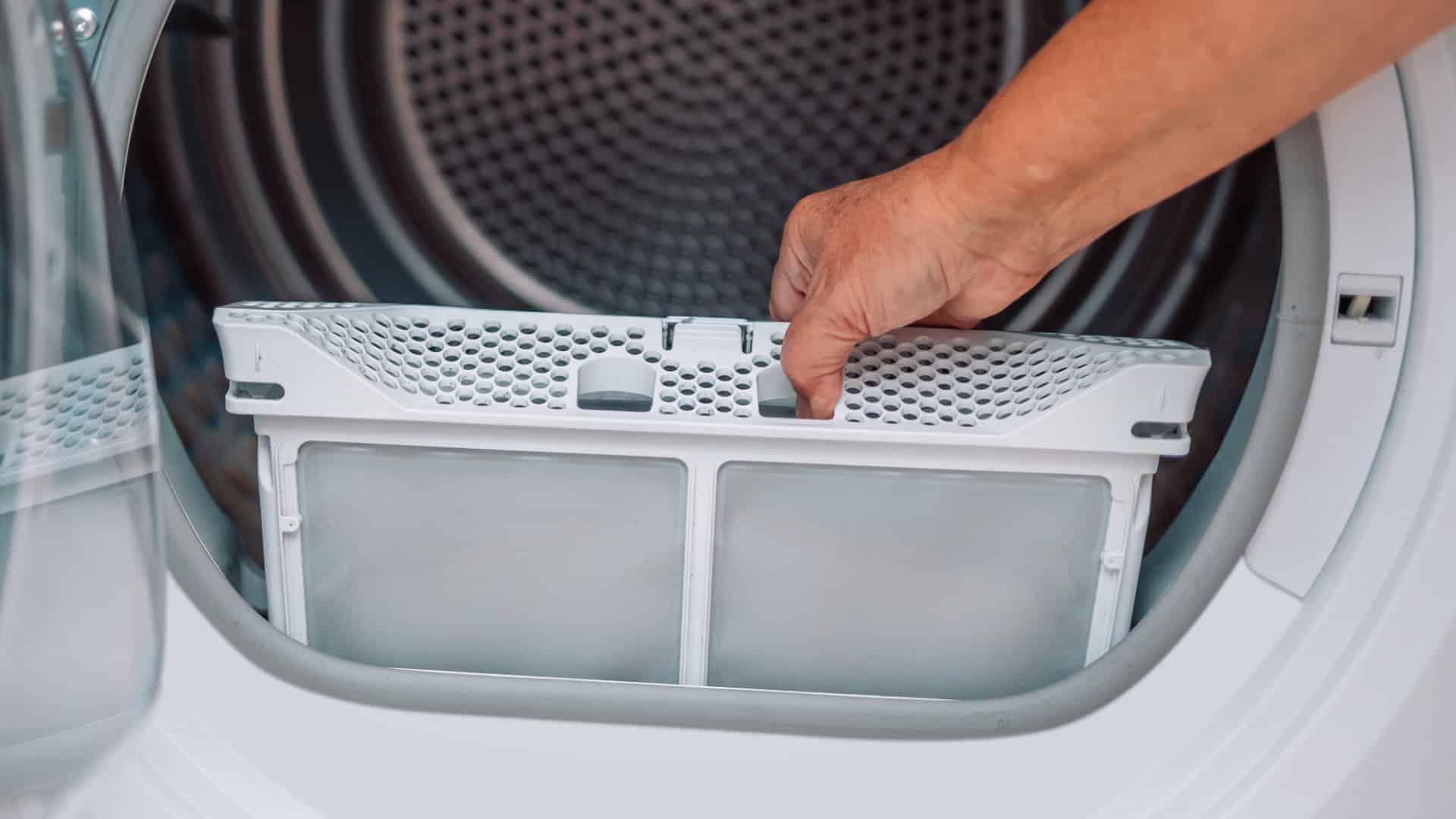
LG Dryer Flow Sense: Everything You Need to Know
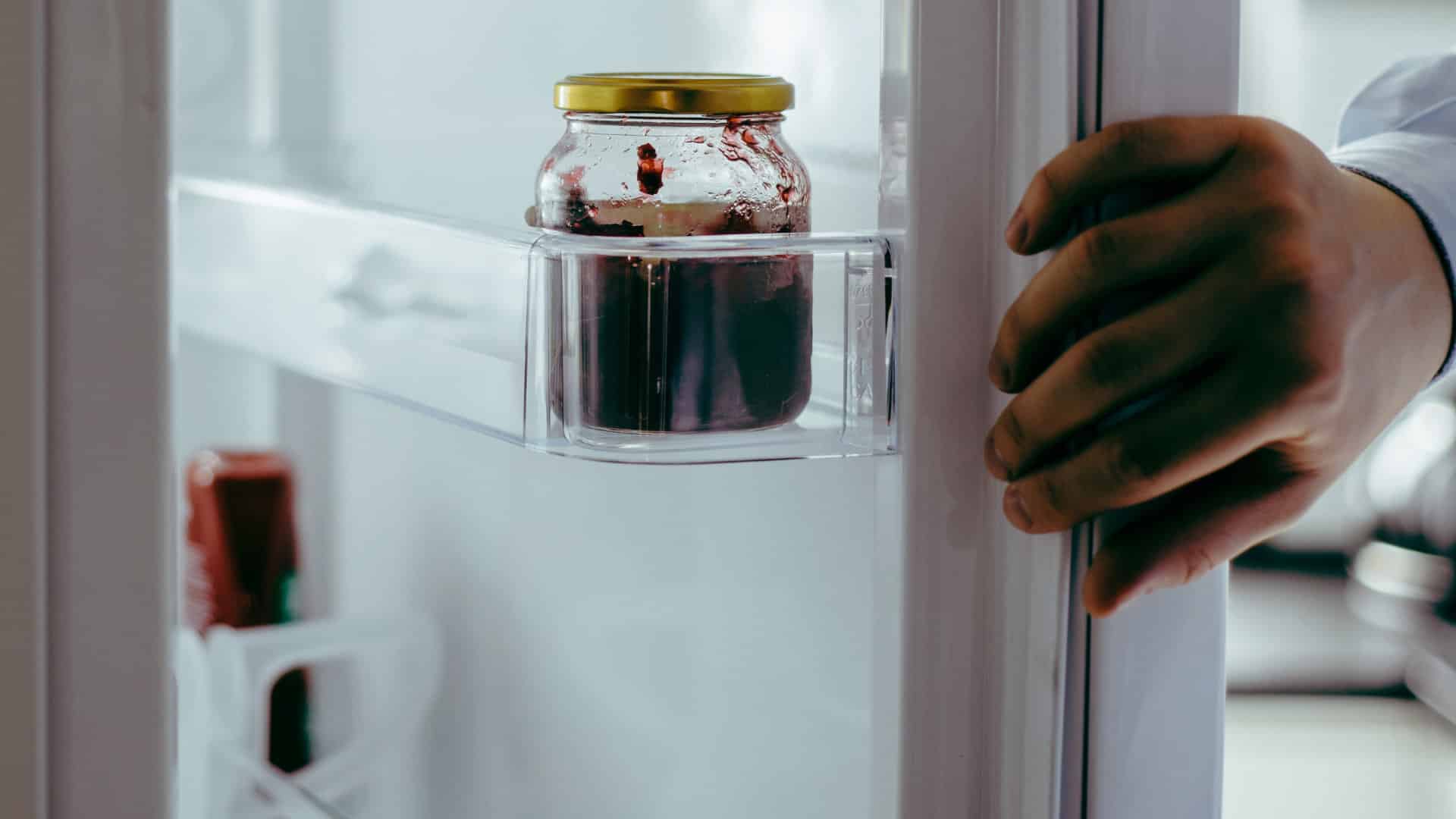
What to Do When Your Freezer Is Not Freezing but the Fridge Is Cold
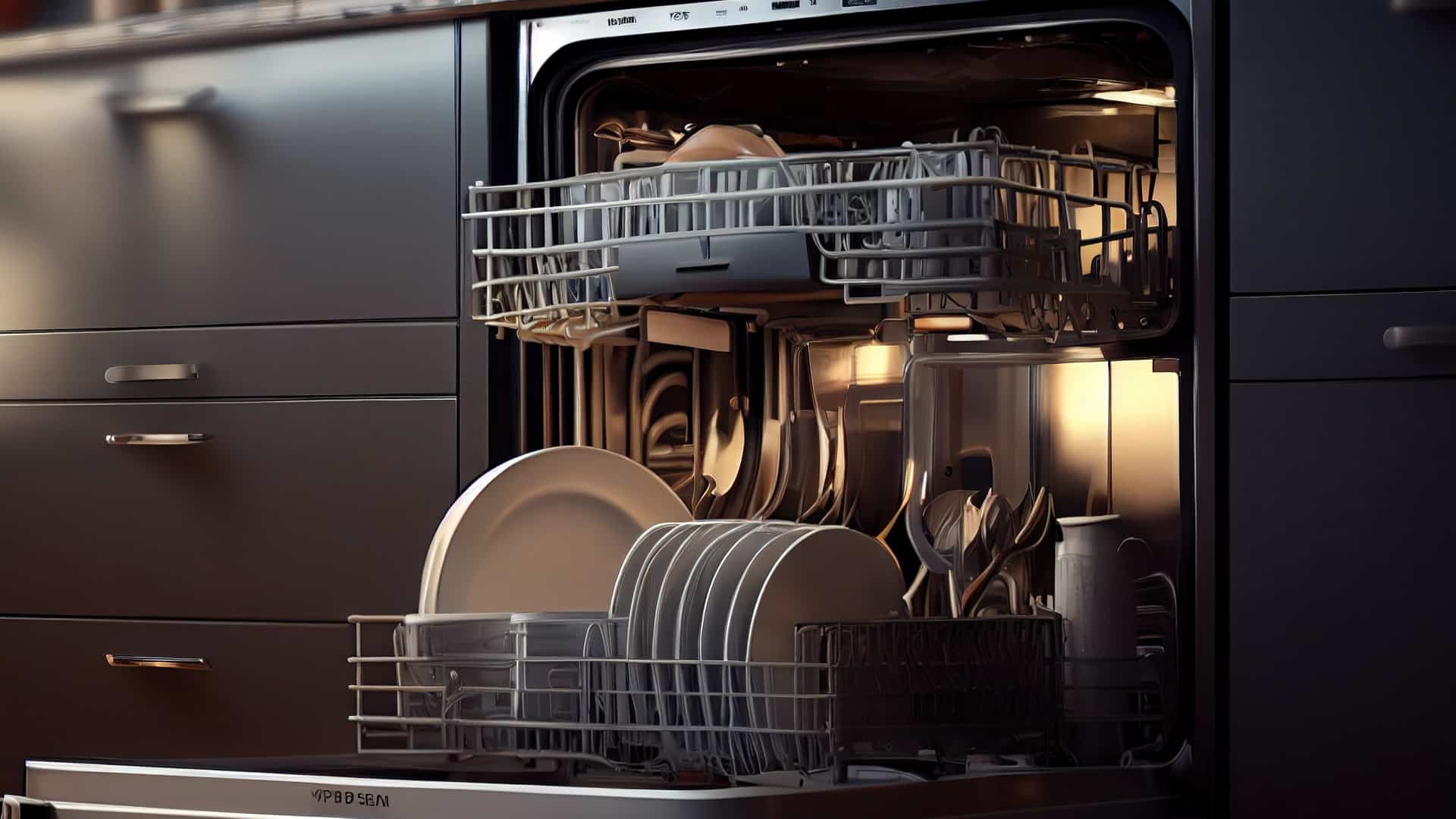
How to Solve Maytag Dishwasher Showing Error F9E1
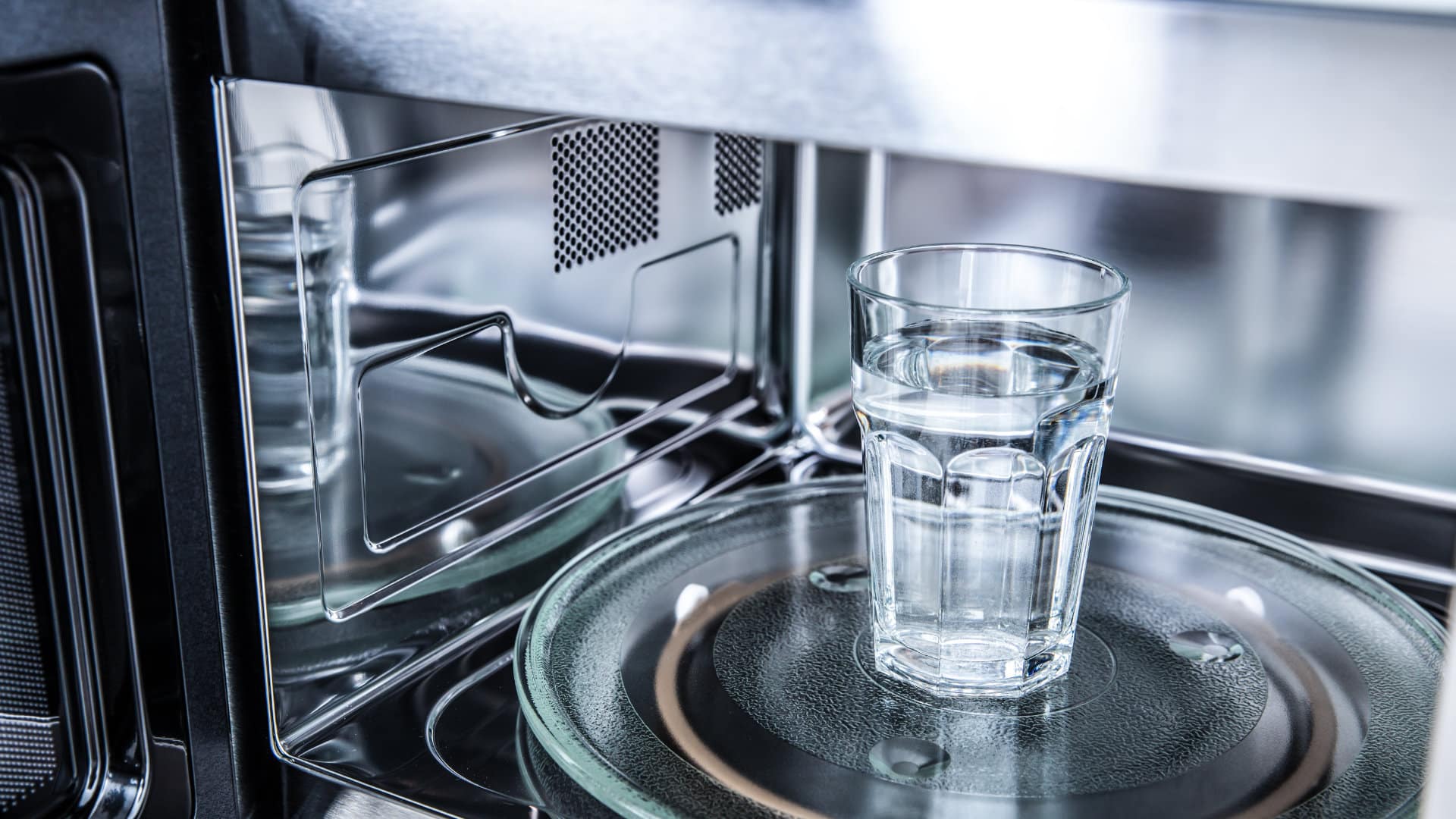
When Is a Microwave Unsafe to Use? (Warning Signs to Look For)
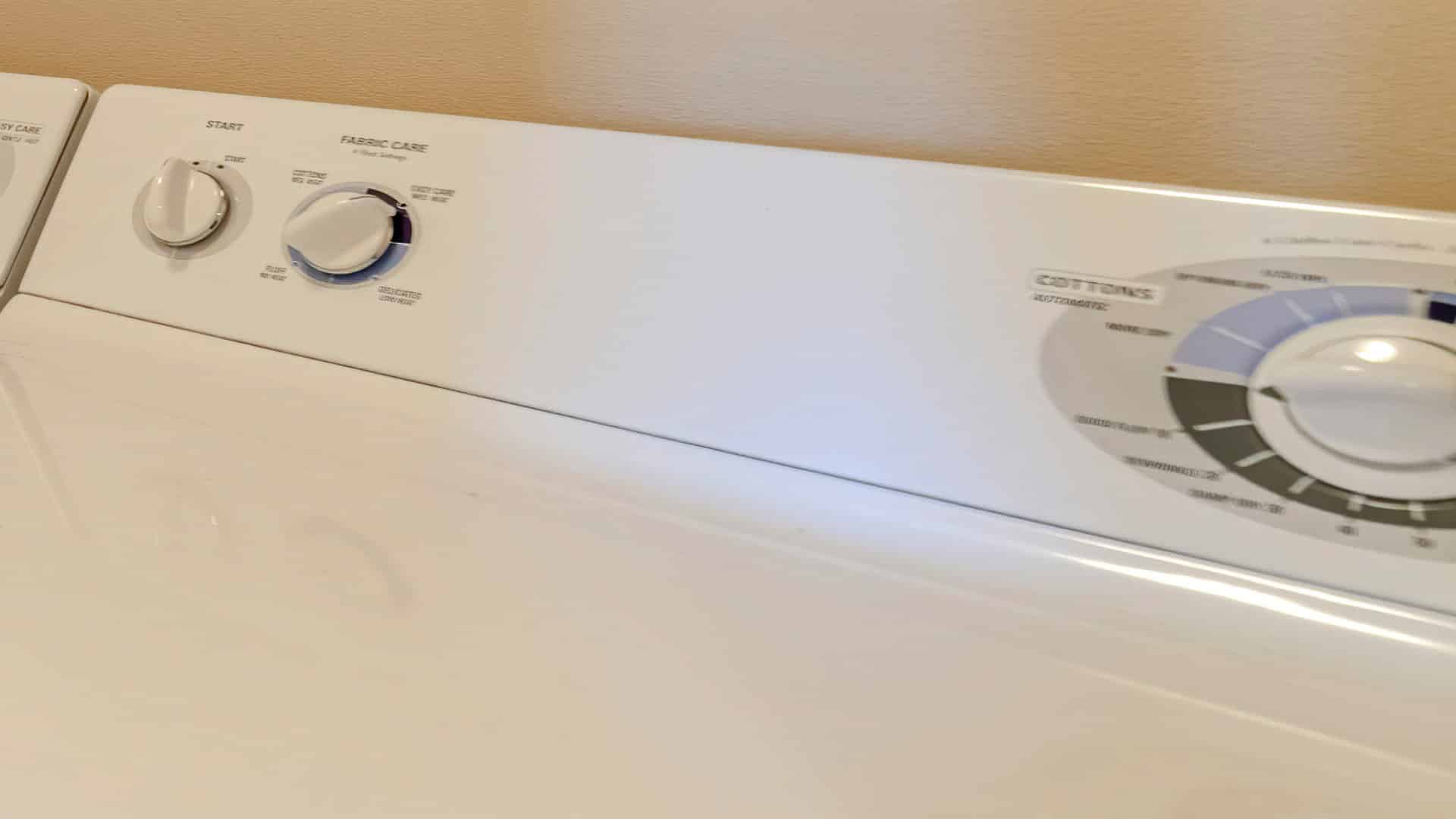
How to Fix a Squeaky Dryer (Step-by-Step)
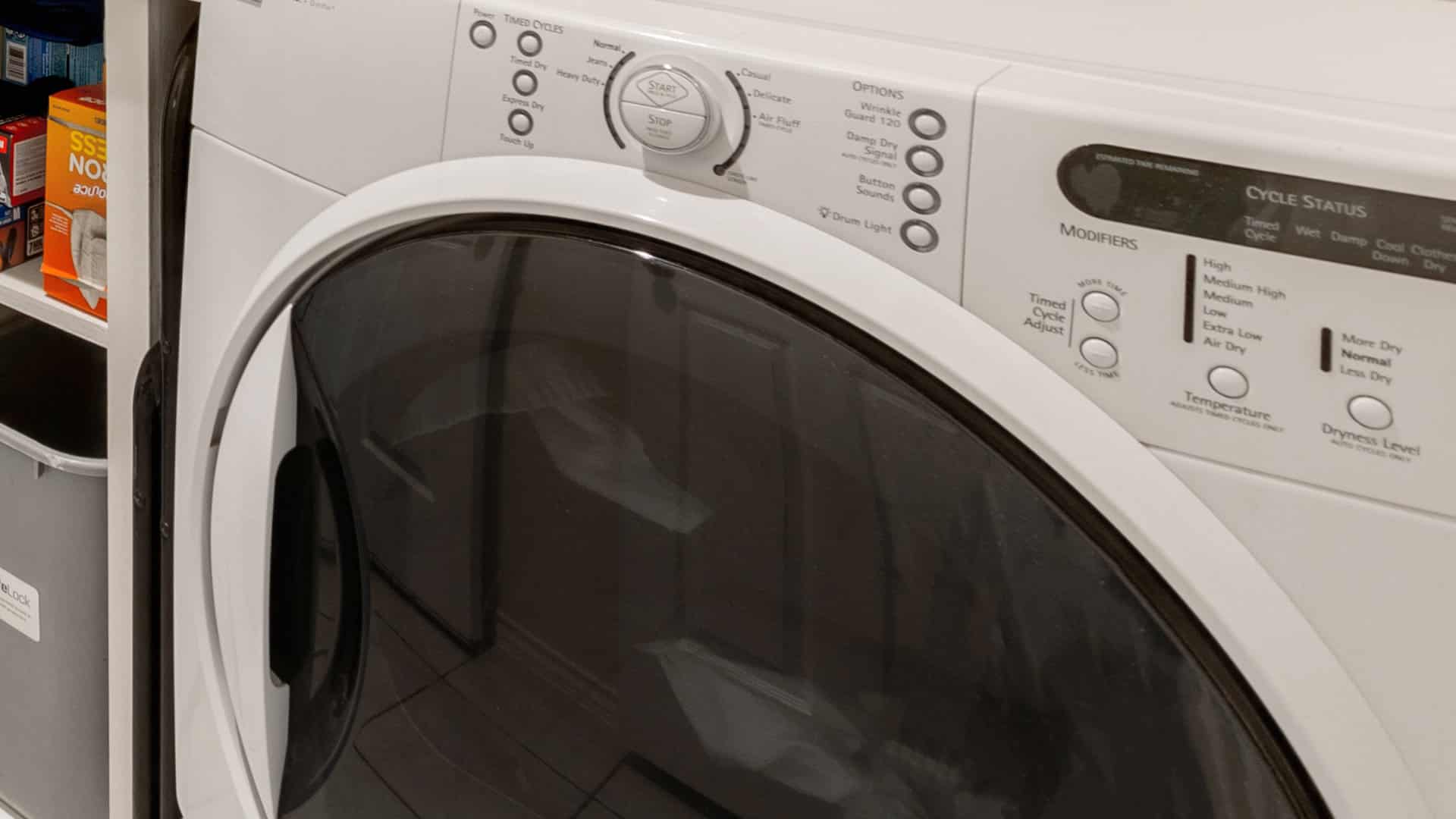
How To Remove Ink From Your Dryer
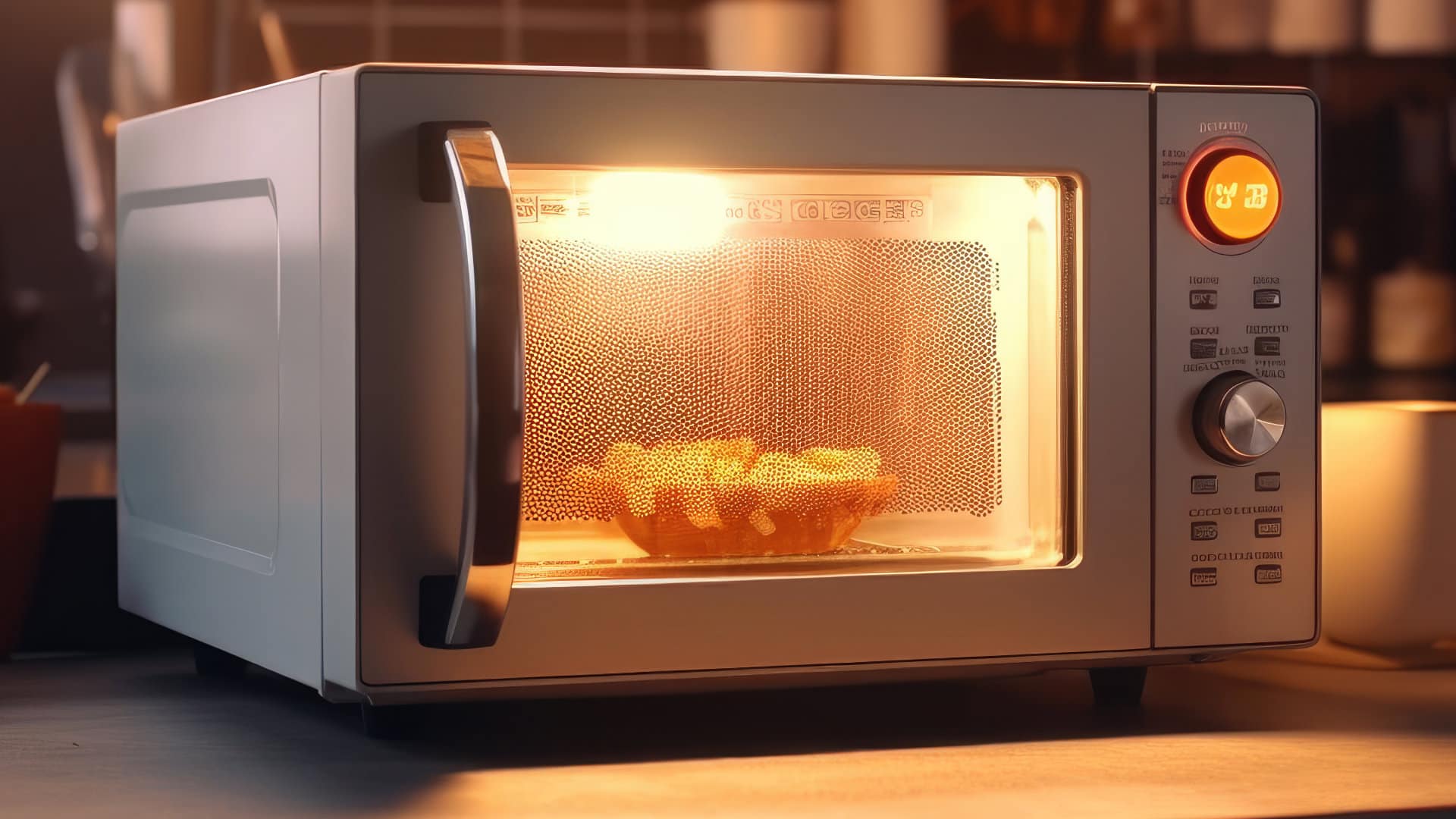
How To Fix an LG Microwave Not Heating
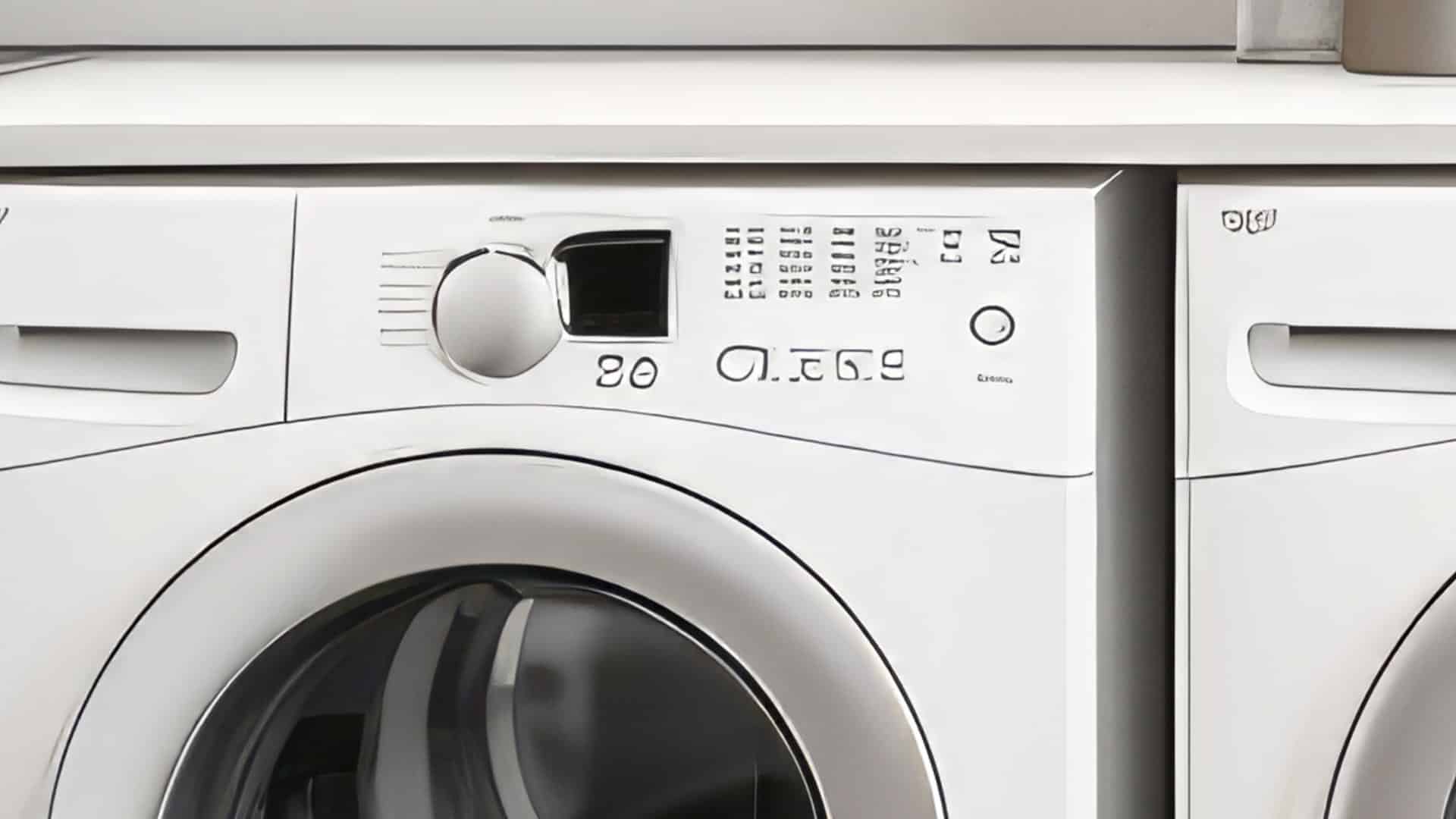
How To Fix a Maytag Washer Not Spinning
